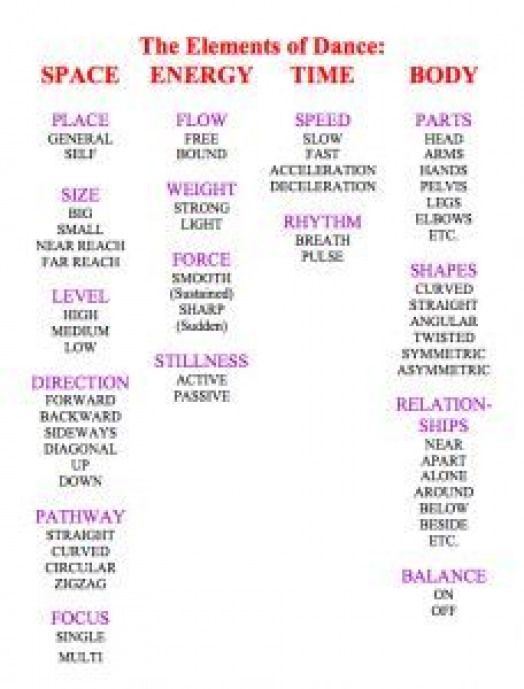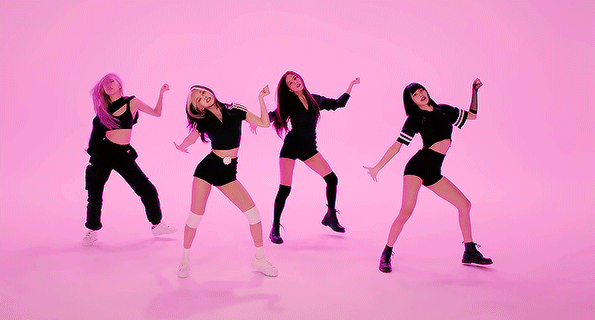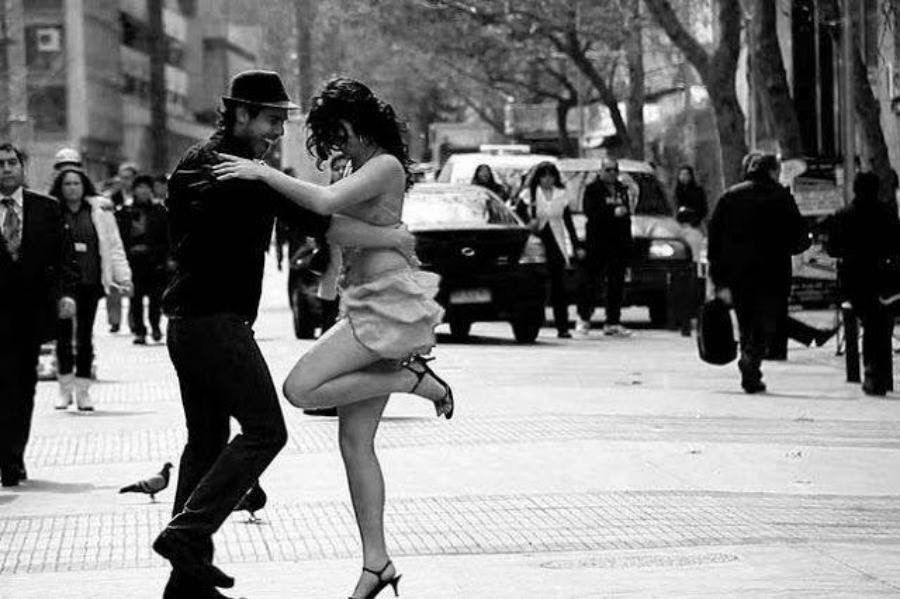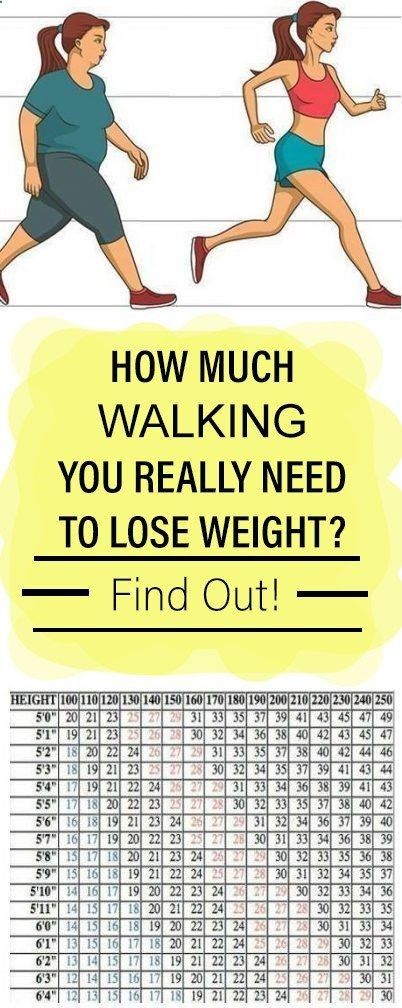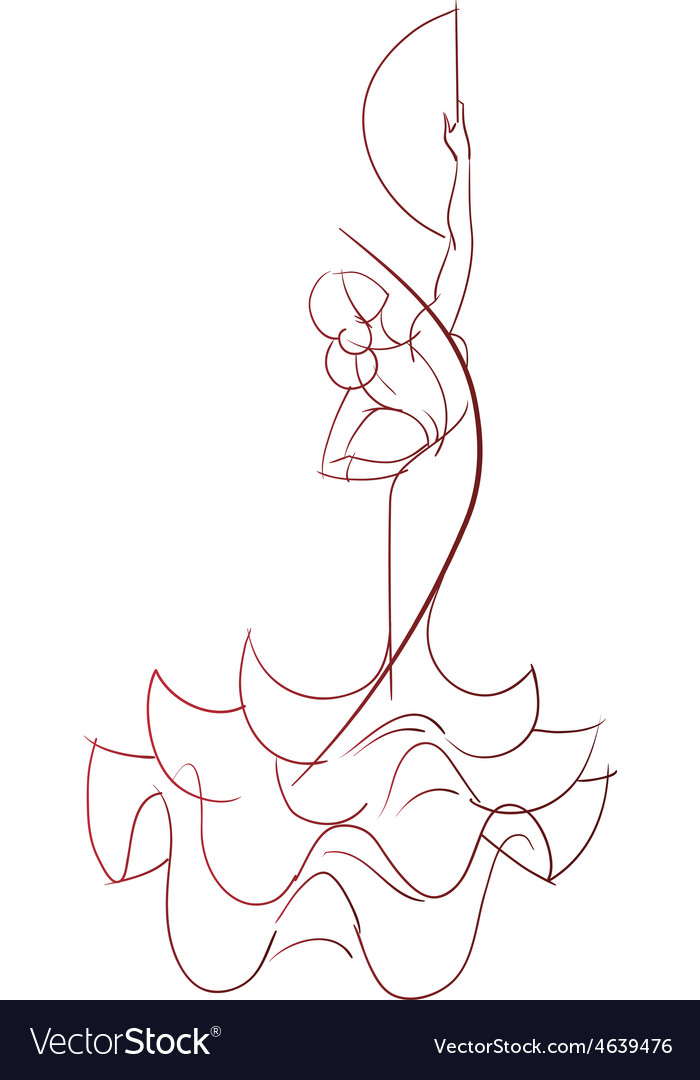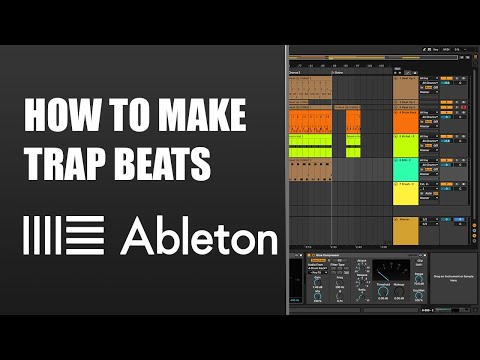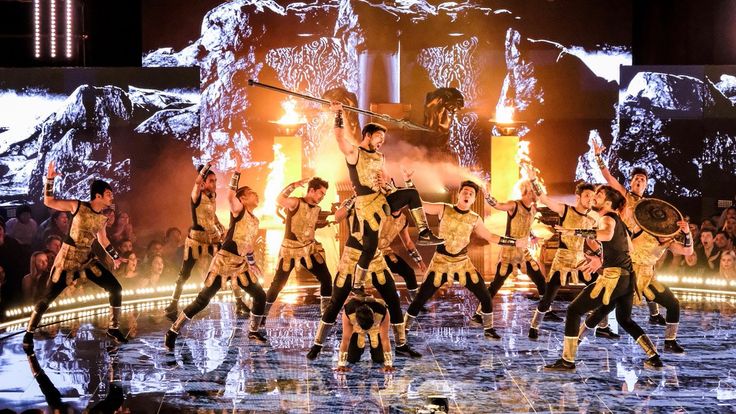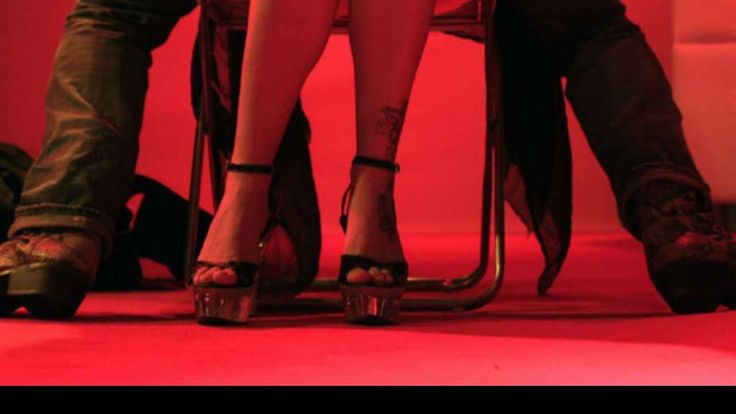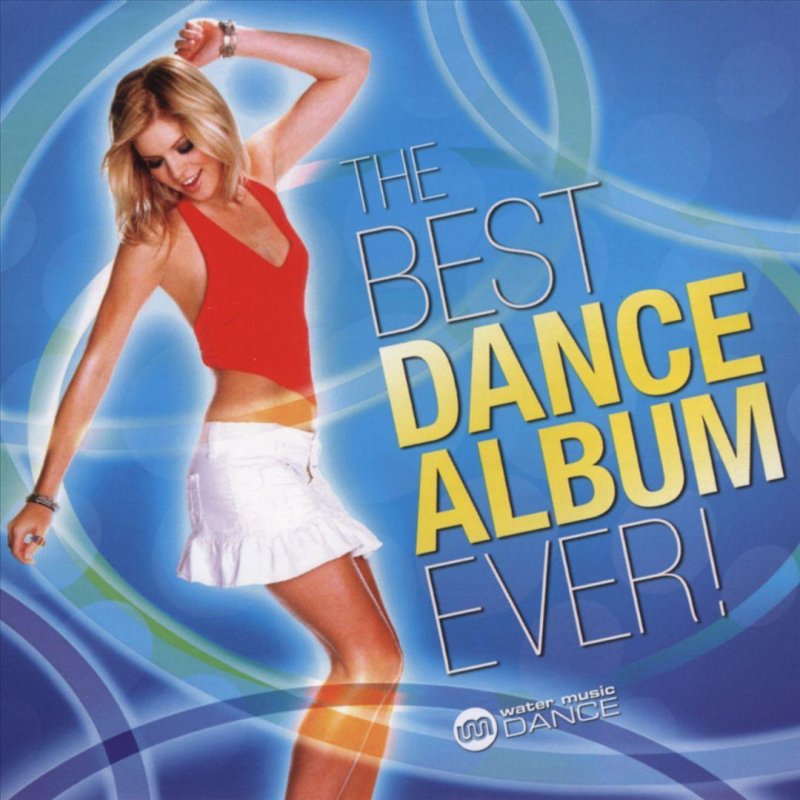How to self teach dance
How To Learn Dance With No Dance Classes In Your Area
Many dancers or aspiring dancers live in areas where there are no dance classes, studios, nor communities. If this is you, please don’t be deterred you from starting!
Where there is a will, there is always a way! You can start dancing on your own by making the most of the resources that you do have.
Keep reading to learn how to start learning how to dance – wherever you live.
No dance classes? No problem.
1. Define what type of dance you’re interested in
First, narrow down your scope of interests to a style or a few styles that resonate with you most.
There are so many different dance styles and each have different methods for learning and practicing it.
For example, are you interested in the robotic, eye-tricking motions of Popping? Do you like the athleticism and flair of Breakin’?
Are you drawn to grooving out to old school hip hop music? Are you looking to learn and perform choreographed pieces, like in Urban Dance Choreography?
Think about. Take a second. THEN –
2. Do background research
Once you’ve narrowed it down to one or two, look for online resources that can give you some deeper insight on the style.
For instance, if you want to learn Popping, read up on its history, origins, and basic techniques (the hit is a great place to start).
Test it out with these exercises recommended by Charles Nguyen (from Kinjaz and Poreotics) here.
For you hip hop heads, brush up on where the culture comes from in this article.
Those wanting to get into the Urban Dance world, read this article on what it actually is, and watch videos on YouTube from your favorite choreographers.
3. Find ways to learn online
As you learn more about these different dance styles and cultures, you’ll also gain a better sense of the techniques and key moves that make up the style.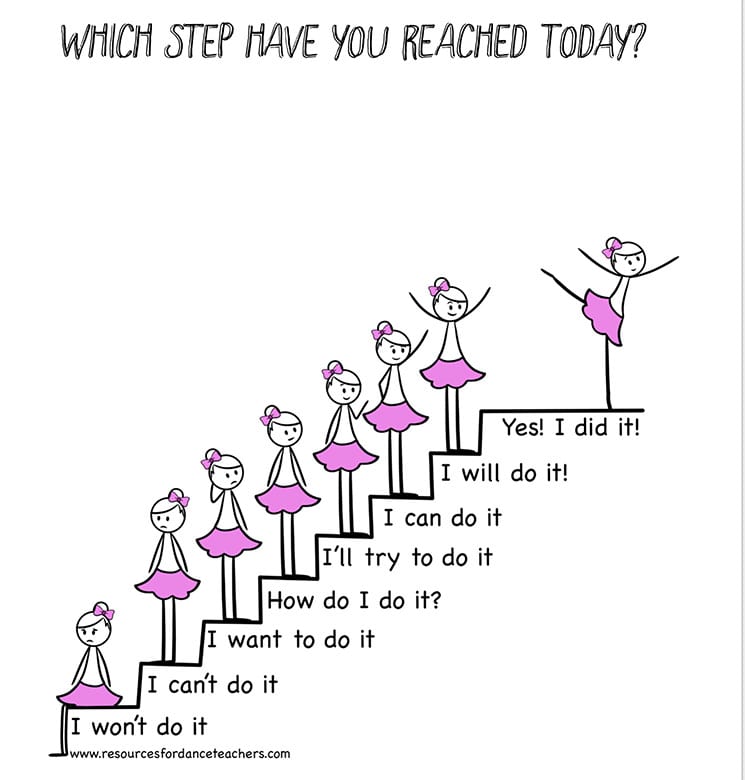
Since you can’t get to a physical studio with teachers who teach that specific style, look up online learning platforms that can teach you the ABC’s – for examples, aspiring Poppers, try Boogie Frantick’s Beginner Popping Program on STEEZY Studio.
For Breakin’ heads, B-Boy and B-Girl Dojo provide an interactive, immersive Breakin’ program that teaches moves, techniques, battle skills, and more.
VincaniTV also has great tutorials on Breaking and Hip Hop styles.
There are some awesome YouTube tutorials on basic House steps by Jardy Santiago, too!
Other online dance classes:
DanceTutorialsLIVE offers tutorials in everything from Twerking to the Dougie.
The amazing Matt Steffanina teaches the hypest pieces to the most popular current music on his YouTube channel.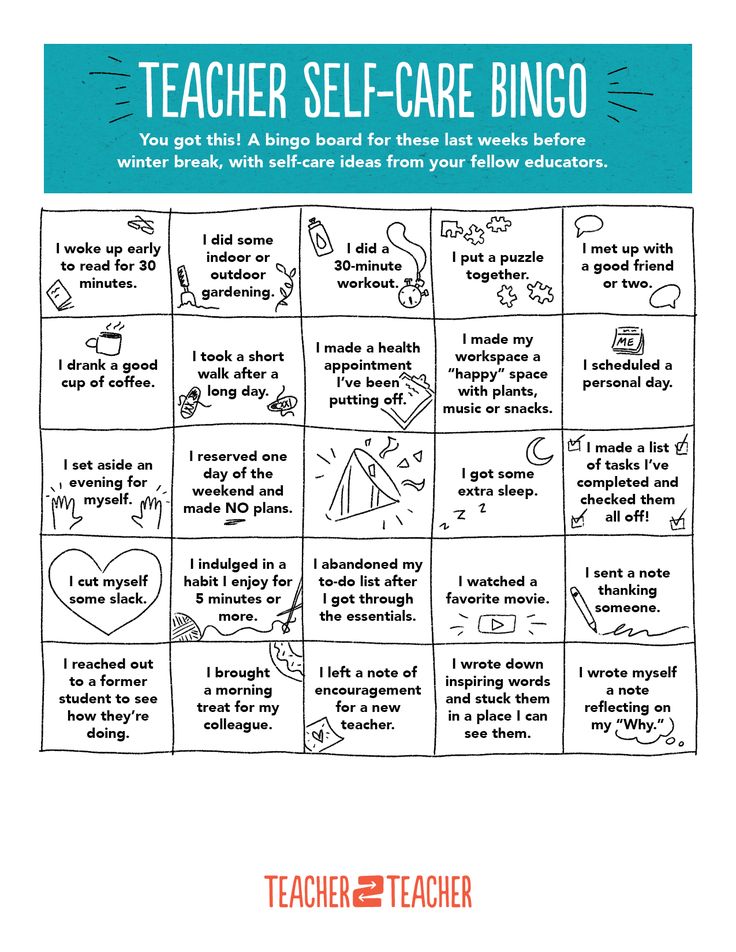
You can learn from Korea’s best choeographers with 1MILLION Dance Tutorial.
And of course, STEEZY Studio has over 90 online classes where you can learn advanced Urban Choreography pieces, grooves, beginner choreography, and more.
Curious to see how it works? This’ll tell you everything: How To Use STEEZY Studio
4. Get your friends together to practice
If you have friends who are also interested in learning how to dance, then get them together and try out one of these online classes.
Or, freestyle and practice drills together.
Set a weekly day/time to get together and practice at a park, your garage, front lawn, even in your living room.
Even if it’s just 1 other person, having someone share that experience with you creates a sense of community (yes, a community of 2 is still a community!)
5. Commute to take live classes
Yes, it’s kind of a mission to take 2 trains, a bus, and walk 3 miles to get to a studio…
But commuting to take a in-real-life class once in a while is worth it!
You get to be in an environment made for optimal dance training, around other dancers who are trying to learn and grow, and receive instruction from a professional teacher!
You can learn tons of skills online, on your own, from your home…
But nothing can replace a real-life experience, just like how FaceTime can’t replace face to face hangouts.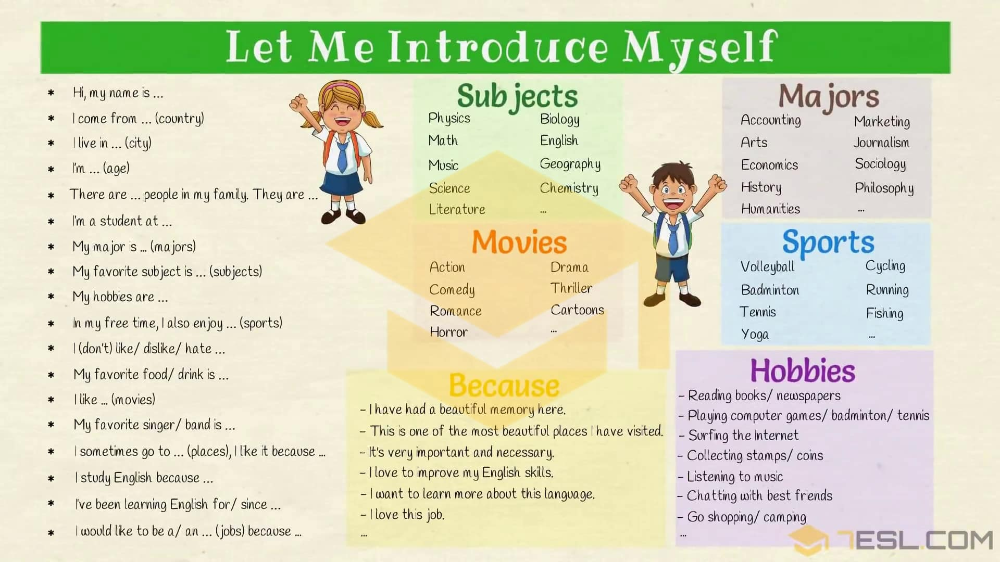
So save up some money and block out a chunk of your time to experience in-person classes.
Treat it as a vacation, if anything, where you get to indulge heavily in your passion.
While it may take a bit of extra effort, don’t take the fact that there are no dance classes in your area as a handicap.
If anything, you can receive instruction in other ways and supplement your training in ways that best cater to you.
Also, being more self-taught allows for room for you to dance like you, without being too influenced by a particular instructor or regular set of students.
Take advantage of all the resources out there, as well as the freedom to develop your own unique style.
Let’s keep growing together, STEEZY Nation!
Do you have a hard time getting to a dance class? What are some ways you train? Comment and share your advice!
self-taught dancing: a how-to | MIT Admissions
I’ve been dancing on a team at MIT for one and a half years, but I’ve been dancing…unofficially…for much longer. as I’ve mentioned in previous posts, a significant portion of my free time through middle and high school was spent learning choreographies from YouTube. training at a dance studio just wasn’t something in the realm of possibility for me, so using YouTube to practice dancing seemed like my best bet. as said in my masterpost about dance at MIT…
as I’ve mentioned in previous posts, a significant portion of my free time through middle and high school was spent learning choreographies from YouTube. training at a dance studio just wasn’t something in the realm of possibility for me, so using YouTube to practice dancing seemed like my best bet. as said in my masterpost about dance at MIT…
I started learning choreographed dances when I discovered K-Pop in 4th grade (it was actually because of a Ke$ha phase…Run Devil Run really opened doors for me lmao). I realized that countless choreography videos for K-Pop songs were available on YouTube for me to learn, so I started mirroring and slowing videos so I could mimic them.
A few years later, I started learning dances from the choreography videos of legit dance studios (namely 1Million and Millennium). Learning these dances became my favorite hobby, and eventually, I started filming videos of myself for my Instagram. I would learn a few dances a week since creating my own dance videos was so fun for me.
Over the years, I’ve learned over 250 dances!
getting into dance through K-pop, at least in the self-taught dancers I’ve met throughout my life, seems to be a pretty common experience. branching out to other choreography seems less popular, though, so I thought I’d make this post detailing my experience gaining exposure to different styles of dance purely through YouTube.
I’m pretty organized about things I care about. this is why I have three YouTube playlists of dance videos:
- every YouTube choreography I’ve ever learned (not including K-pop because lord knows how many dances I learned between 4th and 7th grade)
- out of those dances, my favorites to do. I revisit this playlist whenever I feel like dancing
- choreographies that I enjoy, but won’t learn because I already learned a dance to it, don’t like it, or think it’s too niche. I use this playlist for inspiration for my own choreography
these playlists are a tangible representation of all the dancing I’ve done throughout my life, so they’re pretty great
how do I find dances?this is a screenshot of my YouTube subscriptions. I’m subscribed to so many dance studios that I have at least 15 new dance videos in my subscriptions every day. obviously, I don’t have the time to watch them all, so I’ve developed a *complex* filtering method. just kidding, it’s actually just:
I’m subscribed to so many dance studios that I have at least 15 new dance videos in my subscriptions every day. obviously, I don’t have the time to watch them all, so I’ve developed a *complex* filtering method. just kidding, it’s actually just:
“which songs do I know?”
“which studios/choreographers have the most unique choreography?”
…and then I choose to watch the videos that fall in the intersection of both subsets.
studios & individuals I follow include:
- Aliya Janell
- Galen Hooks
- 1MILLION Dance Studio
- Tim Milgram
- Jade Chynoweth
- Nicole Kirkland
- Paris Cavanaugh
- Ysabelle Capitule
- Janelle Ginestra
- STEEZY
- Kinjaz Dojo
- Dexter Carr
- Girin Jang
…and more! I follow around 200 dancers/dance studios. you can only imagine how messy my subscriptions get some days.
how do I choose dances?as for deciding which dances to learn…it’s kind of complicated?
my thought process looks something like this:
- does this look fun?
- is it interesting—does it tell a story? how emotive is it?
- if not, is it hype enough?
- is the choreography actually good?
- is this something that will push me out of my comfort zone?
- is it a combination of sharp and fluid?
- is it overly technical? because no thanks
- if it’s a heels dance, does it require space I do not currently have? is it doable, given my…lacking flexibility and strength?
- will build on skills I already have?
- do I like the song?
- do I know the song?
- is it too popular/mainstream?
- do I like the choreographer?
- is this too similar to dances I’ve already learned by them? is the song good enough to compensate for this?
after this process, I bookmark the videos I like to my dance folder, which gets so long that I have to scroll quite a bit to reach the bottom.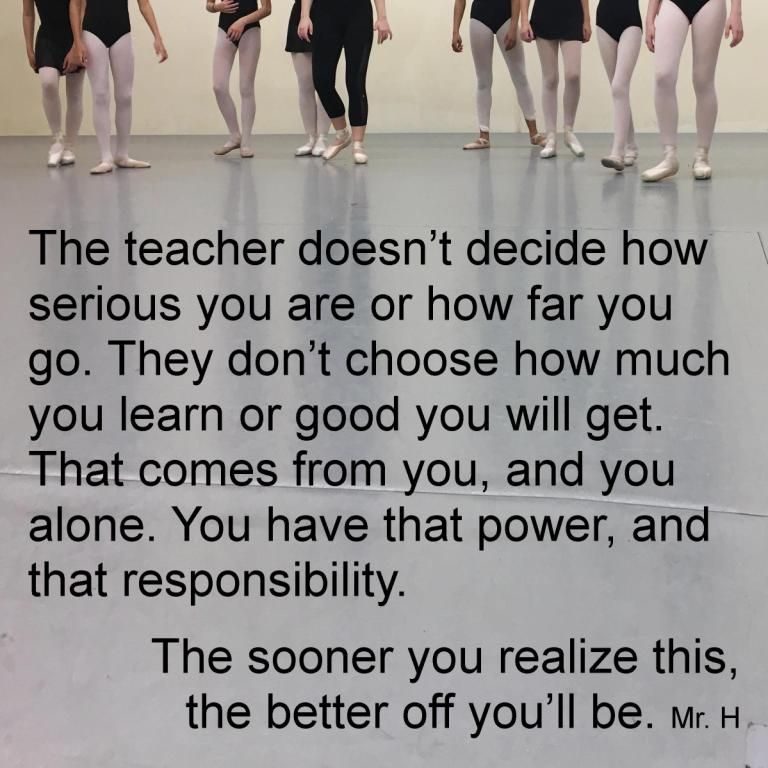 when I’ve been sitting on a dance for over a month, I delete it or put it in a subfolder to free up space.
when I’ve been sitting on a dance for over a month, I delete it or put it in a subfolder to free up space.
looking through the playlist of my favorite choreographies to do, I notice a few categories:
story-oriented dances—combos that are fun to perform because they’re emotive and have some kind of intention in how the dance progresses from start to finish.
examples:
- Love on the Brain by Galen Hooks—it’s deep, it’s powerful, it has a lot of interpretations. the details are incredible and the song is fantastic. the dance has a natural progression and reaches intensity at such a good point. 10/10
- River by Galen Hooks—this dance is really fun and challenging. it’s so powerful, yet so subtle, which is a facet of it I love. I never get tired of it.
- Wait a Minute by Malik Zaryraty—this one isn’t as “story-ish” as the others, but there are a lot of ways you can change the emotions you convey just by slightly altering the dance. I also enjoy how upbeat/hopeful it is
hype vibes—yeah, exactly what you’d expect
- Pills & Automobiles by Alexander Chung—literal vibezzzz.
 it’s smooth, it flows, and it’s so high-energy.
it’s smooth, it flows, and it’s so high-energy. - Rock Your Body by Delaney Glazer—this choreographer helped me settle into my individual style more. I used to look for hard-hitting combos, but I loved the fluidity of this one, so I started learning all her dances.
- 16 Shots by Tricia Miranda—the way this combo is high energy throughout but escalates at exactly the right moment? also it’s so cleaaaaan
- I Do by Apple Yang
flowy/poppy—the perfect combination of hard-hitting and fluid. pretty self-explanatory
- I Like U by Apple Yang
- Water by Dexter Carr
- Complicated by Jake Kodish
my favorite choreographers:
- galen hooks: the most creative and versatile choreographer I know. I enjoy the subtleties and intricacies of her combos as well as her song choices
- delaney glazer: flowy, upbeat, hype
- jake kodish: poppy, more technical
- jojo gomez: fluid, sexy, bad bitch
- aliya janell: does mostly heels dances that are SO fun
do whatever works for you! I don’t really have stamina, so I’d learn dances in 15-minute chunks over the course of two or three days.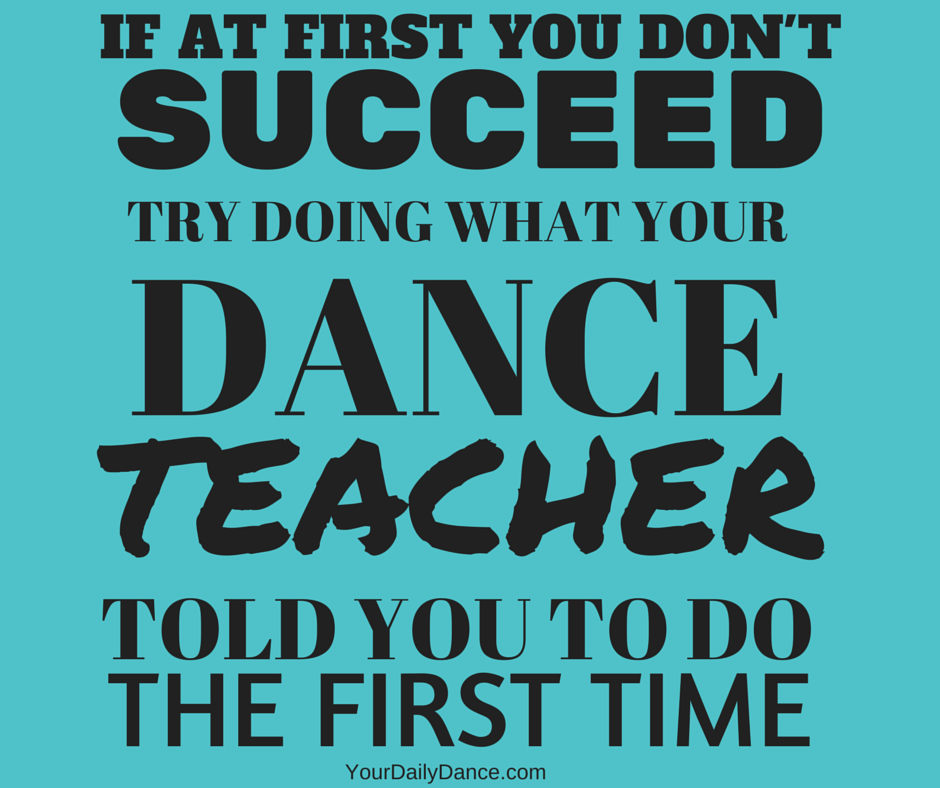 I use a Chrome extension called MirrorTube to mirror and slow videos to 0.5x speed, as well as split the dance into 15-20 second sections. once I’ve mastered a chunk at a certain speed, I increase it gradually, and then move on. at the end, I put all the parts together at a slow speed so I can focus on transitions between them. I then try to dance without watching the screen 3-4 times so I know what parts I need to pay more attention to.
I use a Chrome extension called MirrorTube to mirror and slow videos to 0.5x speed, as well as split the dance into 15-20 second sections. once I’ve mastered a chunk at a certain speed, I increase it gradually, and then move on. at the end, I put all the parts together at a slow speed so I can focus on transitions between them. I then try to dance without watching the screen 3-4 times so I know what parts I need to pay more attention to.
of course, this is the method I’ve gotten used to after many years of dancing, so it might not be what works best for you. splitting things into sections is generally the way to go, although a lot of dancers I know who have trained in studios aren’t used to learning dances at slow speeds. I guess this is because people don’t teach slowly (it would be hellish to syncopate in half speed), but honestly, if you’re on your own, why not?
how do I actually get better/measure progress?I’m less convinced about this part since I never really did anything to grow as a dancer, but when I look at my Instagram videos from 2017, I’m utterly bewildered at how much I’ve improved.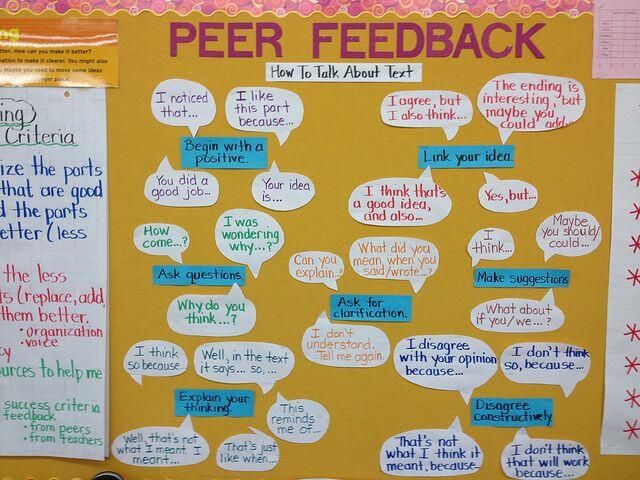 with the understanding of dance I’ve developed from being on a team for a while, though, I can say:
with the understanding of dance I’ve developed from being on a team for a while, though, I can say:
if you’re a beginner: focus on hitting key movements on time, as well as picking up and retaining the choreography. choreography retention is so important!! and underrated! it’s my strength in workshops since I’ve been learning choreographies quickly for most of my life
if you’re an intermediate dancer: focus on fluidity and continuity in your movements. try to both hit moves hard and connect pictures. try to add your personal style (whatever style of dancing comes most comfortably to you) to dances you learn. be more aware of your head and arm placement, as well as your body in general
if you’re a more advanced dancer: work on control! make sure your body isn’t stiff. focus on hitting levels and improving your bounce when necessary and staying grounded for other parts. think about motions holistically and involve your entire body when you can to make things fluid.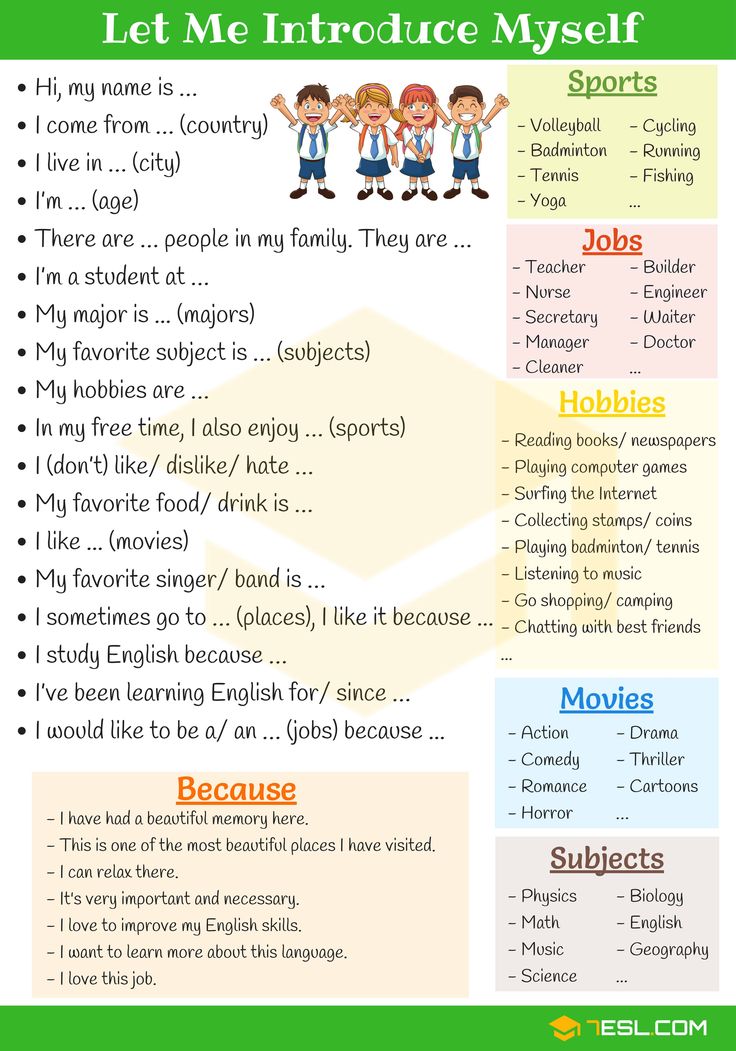 use more space, keep textures in mind, and hit things sharper. understand your musicality (how you interpret music) more and integrate your style into dancing.
use more space, keep textures in mind, and hit things sharper. understand your musicality (how you interpret music) more and integrate your style into dancing.
so…this was pretty haphazard, but I hope it was at least a bit useful :) feel free to comment/reach out if you have more specific questions and I’ll do my best to help!
90,000 12 life hacks, to quickly learn how to dance from Mamita Dance
Dances
Author: Pavel Gather
Psychologist, Lecturer Salsa and Tango
Dances
Author: Pavel Pavel
Psychologist, Lecturer Salsa
on At the start, you always want to get a quick result. When it doesn't happen, the hypothesis arises that everything takes time. After a conditionally acceptable time, humility comes to mastering pair dances, which, perhaps, is not given, and I will just do what I learned somehow.
This is the most common story of those who believe that the mere act of attending a pair dance class is enough to learn how to dance.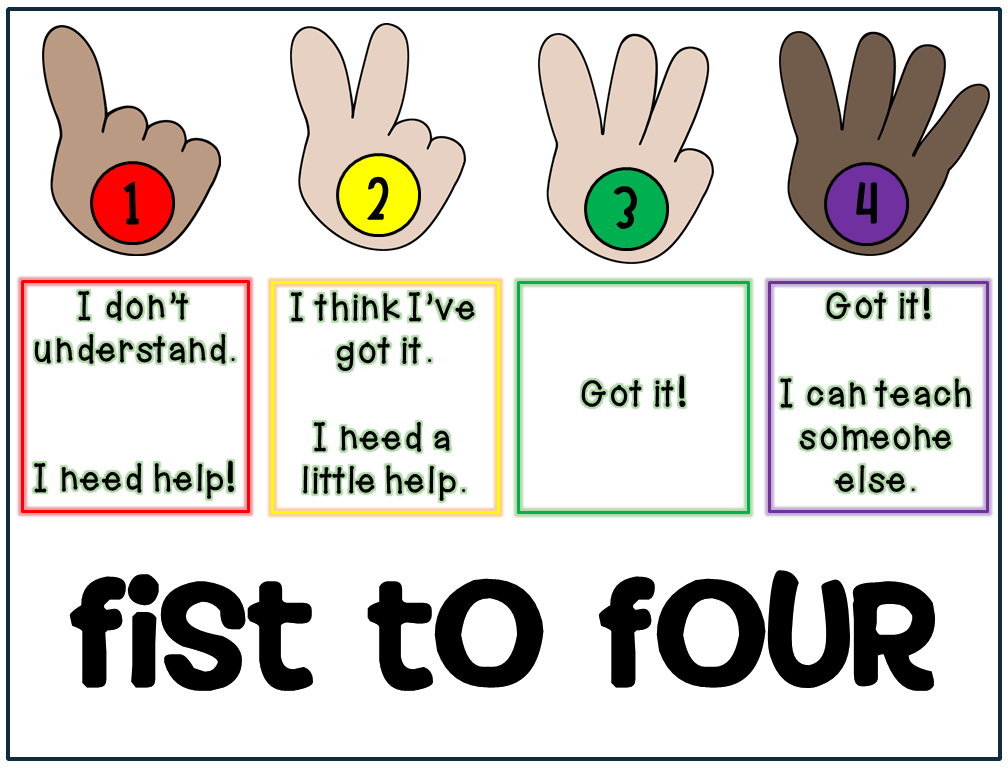
Absolutely not. If you want to really dance well, you have to make an effort outside of the dance class. A good teacher will definitely be needed, but the initiative should be on your side.
1. Listen to music
The most common and accessible advice that is given already in the first lessons. And it definitely works. Music creates a certain atmosphere of the dance and intuitively you want to move to it. It doesn't matter where you listen to music - in the car, on headphones while walking or doing household chores.
An addition that will help you dance better is your active participation in the music. Sing along, dance or simply beat musical accents with any free parts of the body. In the subway, for example, it is enough to tap out bright moments with your fingers, in the car to sing along with sounds, and at home you can jump for pleasure.
2. Watch videos of good dancers
It's complicated, but also obvious.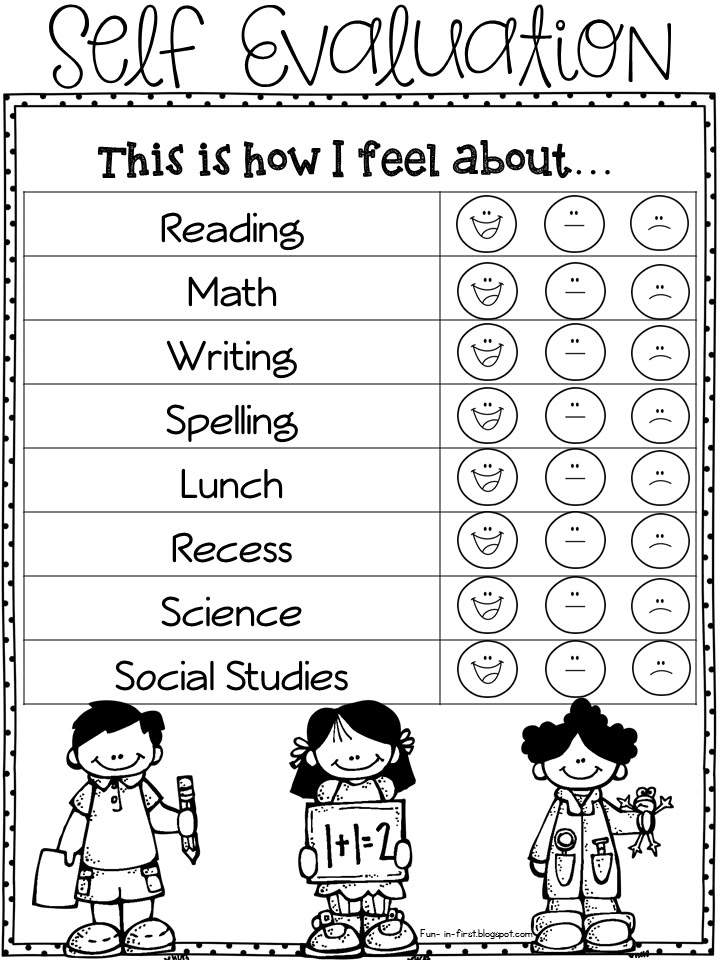 It’s more difficult, because without recommendations from more experienced dancers, unfortunately, it’s not so easy to find a good quality video on the net (I mean not the resolution quality, but the content itself).
It’s more difficult, because without recommendations from more experienced dancers, unfortunately, it’s not so easy to find a good quality video on the net (I mean not the resolution quality, but the content itself).
Meaningful video viewing is about building an understanding of HOW dancers make a particular impression on a partner or viewer. Technology is at the heart of everything. Understanding how the pros do it is a big step forward.
It is important to distinguish a show from a disco dance, a staged performance from an improvisation, a stylized dance from an authentic one, etc. Ask for recommendations and dance teachers will always throw off a couple of videos of worthy landmarks.
Tango Z. Showreel.
Online modern tango courses
Tango nuevo is the most advanced version of tango. We can quickly learn to dance from zero to a steep level.
| View details |
3. Dance in salsatecas/milongas/discotheques
A very delicate moment when it is worth coming to the first party.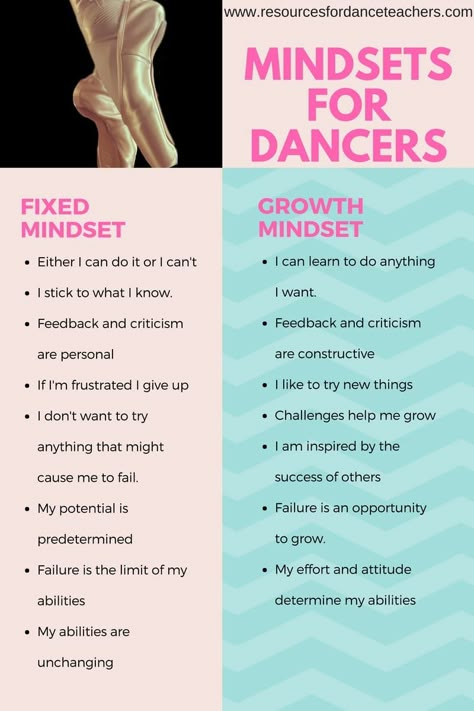 From a technical point of view, most students in 1-3 months have a sufficient set of figures and techniques to come and dance calmly. Psychologically, the same moment can be stretched out for an indefinite time. After all, it is imperative to “not lose face”, “learn more figures” and be sure what to do in case “there is an unfamiliar movement”.
From a technical point of view, most students in 1-3 months have a sufficient set of figures and techniques to come and dance calmly. Psychologically, the same moment can be stretched out for an indefinite time. After all, it is imperative to “not lose face”, “learn more figures” and be sure what to do in case “there is an unfamiliar movement”.
In fact, the partygoers don't really care (except for a small layer of non-professional teachers who want to help inexperienced dancers by treating them as customers in the future). It is important to come and try dancing after a month of classes. You can only with friends or guys from your group. This will be enough to feel the adrenaline and inspiration from the dance.
4. Dance with partners or partners not of your level
The conventional wisdom that you need to practice in groups of your level does not withstand the test of experience. Perhaps now your eyes widened in surprise, and you want to meaningfully read the phrase again. Yes, you saw everything correctly: when you dance with a partner of your level, you don’t grow anywhere.
Yes, you saw everything correctly: when you dance with a partner of your level, you don’t grow anywhere.
It's important to understand that not only does it work one way and you have to dance with cooler dancers, but it works even more effectively the other way. It is no coincidence that teaching pair dances dramatically raises the level of the teacher himself. You have an endless stream of very beginner dancers.
How it works. A more experienced partner needs to be "stretched". It's easy and obvious. With beginners, you need to take more initiative on yourself, see the general pattern of the dance more widely, turn on and insure more, try to be an example and be more careful. The quality of interaction begins to grow significantly. And wonderful partners too.
Dancing with partners of your level doesn't make you grow. Dance with both beginners and more advanced dancers
Dominican Bachata Women's Style Online Course
Want to learn how to hypnotize those around you with the most appetizing part of your body? On the course we will tell you all the secrets.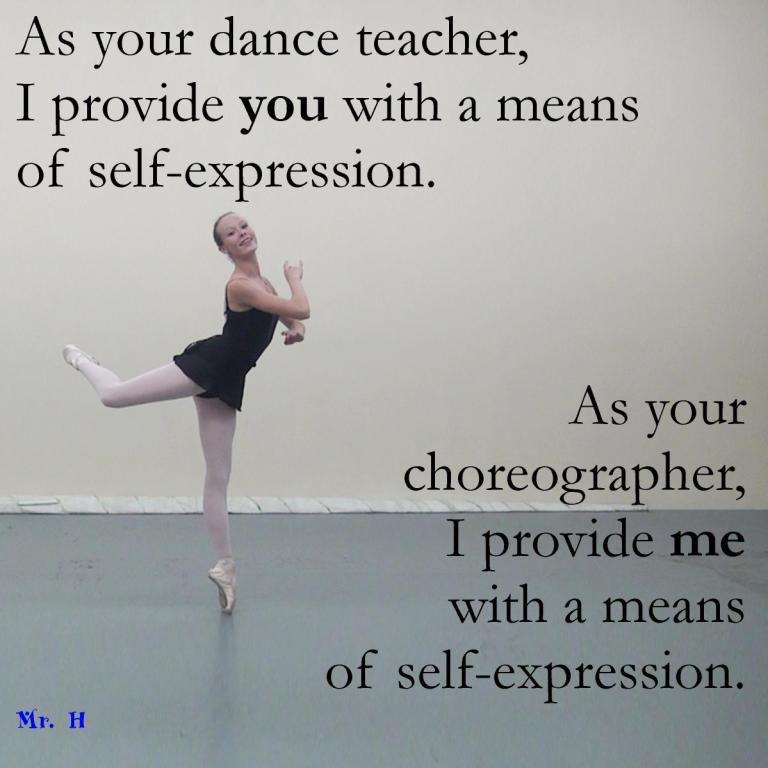
| Interesting |
5. Learn to dance for a partner and for a partner
Turks and Argentines are one of the best partners in the world. In Russia, partners are highly valued. Why? The answer is simple. In Argentina and Turkey, it is not questionable for men to ask another man to lead in one piece or another and give feedback on the quality of the lead. For them, it will be a great shame to hear moralizing from a partner, or even more so to be known in the community as an insecure partner.
In Russia, due to the constant, often far-fetched, opinion that there are more women in pair dances, partners calmly get up and study their partner's part. Such partners then grow into very cool dancers and teachers. In no case do this at parties, only in class. Here we are talking only about the learning strategy. At parties, be yourself.
6. Do not memorize the links
Always try to look deeper and understand the through principle and idea of movement.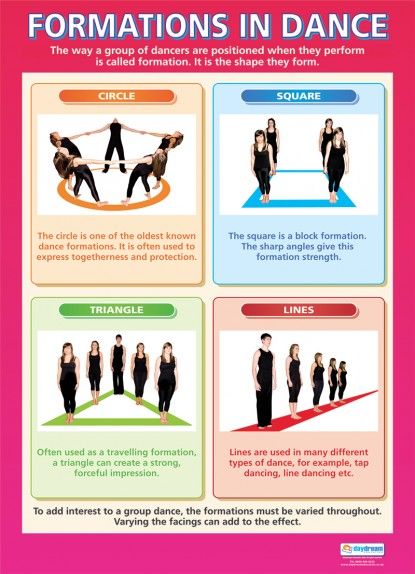 Understanding what and how is done will make it possible to independently generate any sequences and chips.
Understanding what and how is done will make it possible to independently generate any sequences and chips.
Human memory is limited and there will always be a moment when something will escape and your repertoire will be limited by the size of RAM.
In Argentine tango, for example, there are seven levels of movement construction that, when mastered, will allow you to make millions of combinations. And how many dance sequences can you really remember? In rueda, more than 150 figures dance in a rare circle. It's hard to keep more in mind.
7. Develop your body
Many years of experience in teaching couple dance shows that as soon as everyone pairs up in a class, any progress in individual style ends. But it is the individual style that distinguishes everyone at the disco: partners change, and style is always with you.
The body as the main instrument of dance must be very plastic, responsive and emotional. Surprisingly, not all pair dance schools have a general physical warm-up.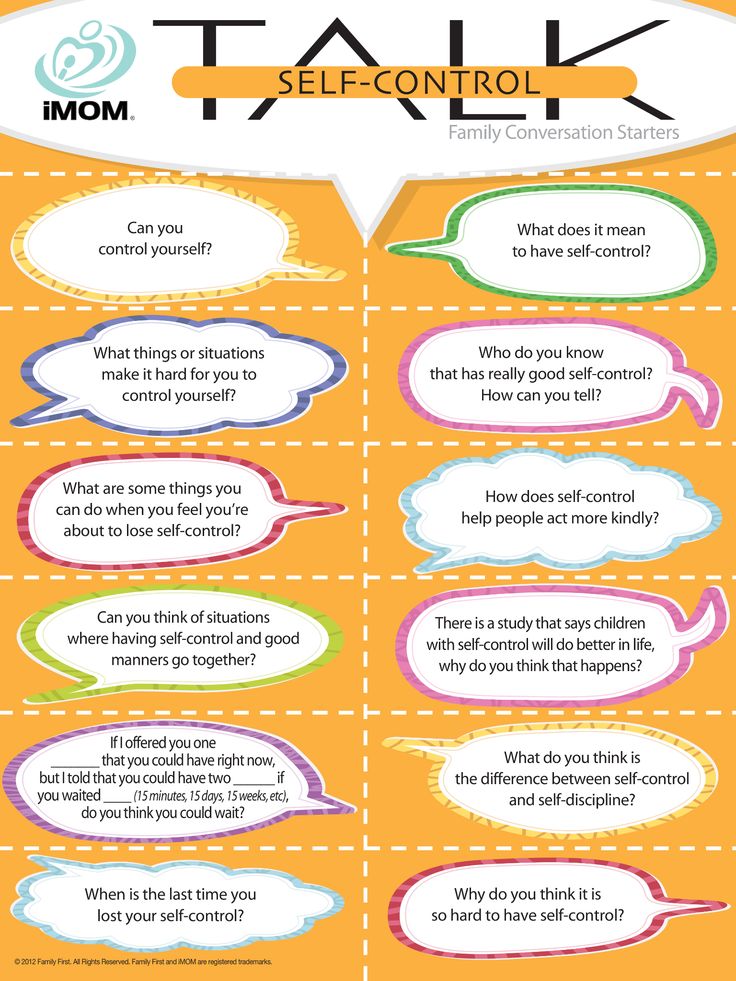 It is vital to tune the body and understand how it works.
It is vital to tune the body and understand how it works.
You can always train extra and concentrate more on the basic steps, as their true value is as body work. The sequence of steps is, in fact, the simplest thing that can be in pair dancing. The quality of individual performance determines the craftsmanship.
8. Try on the images of inspiring dancers
A psychological life hack for those who have already mastered the steps, but still feel that there is not enough brightness and drive. Most are terribly afraid of being someone else's "clone". Here the action is the same as under the influence of hypnosis - the more you resist, the more you plunge into an altered state of consciousness.
With a high degree of probability, you are already dancing like someone else's "clone". A meaningful fitting of someone else's image is that you mentally take the image of the one who inspires you (inspiration is critical in this case) and "put on" yourself.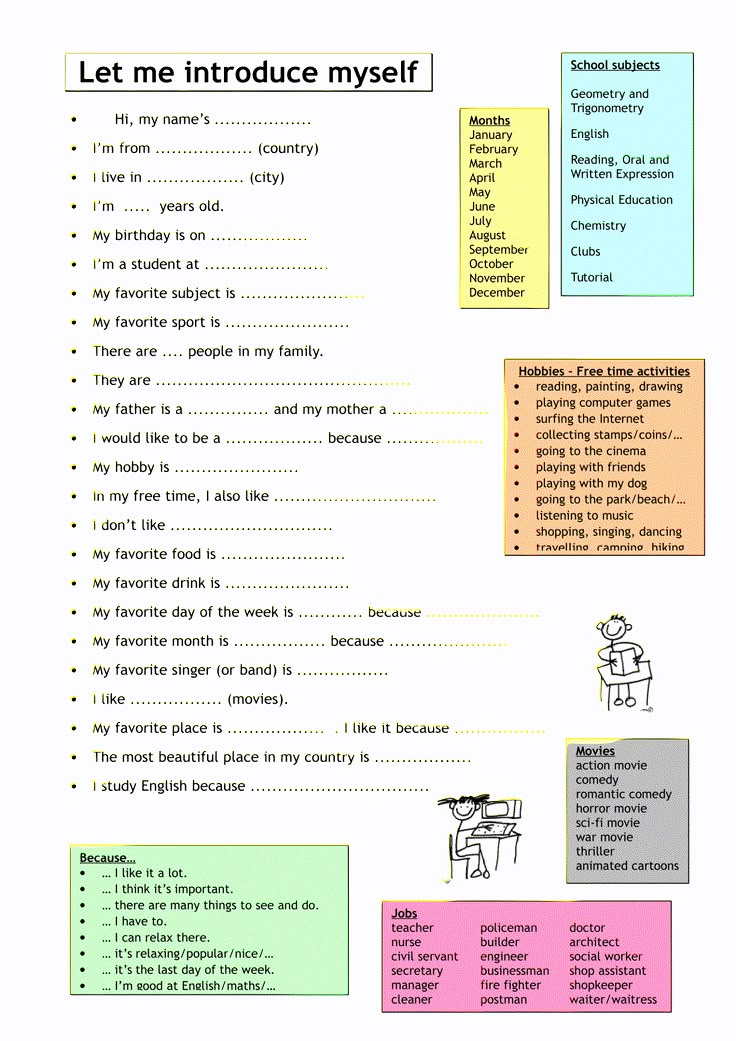 Then you start dancing and trying to feel in general how it is to be able, for example, to be the best partner or the sexiest partner in a disco. This is much more difficult than it seems. But it works extremely efficiently.
Then you start dancing and trying to feel in general how it is to be able, for example, to be the best partner or the sexiest partner in a disco. This is much more difficult than it seems. But it works extremely efficiently.
9. Dance to offbeat music
Habitual rhythms keep you tight. Tango salon or speedy timba leave little room for experimentation and fantasy. Pattern dancing is always noticeable and is reserved for beginners.
The truly new is born outside of the usual. Look for places to experiment. If there is no place, organize self-training. The main thing is not to get carried away, because music determines the style. We bring something new to pair dances, rather than trying to change them.
Search, improvise, don’t be afraid to go beyond, develop in different directions, be inspired by music atypical for the style
10. Try your hand at basic dance directions
dances exist according to their own non-choreographic laws.
This is the deepest delusion, which has turned into a ceiling for the qualitative development of partner dances. After all, all professional dancers, for example, in salsa or bachata, build their ideas on the basic choreographic principles.
Do not think that choreography is only applicable on stage. Any meaningful movement of the body can be choreographic. In general, try classical or modern choreography. Basically, hip-hop can work too.
11. Look for battle sensations
Pair dances return us to an active position of manifestation of our body. As in the days of our ancient ancestors, we impress the members of the opposite sex by how dexterous, hardy, sexy, etc. we are. Modern laws of the jungle in the entourage of big cities.
If you look around the dance floor, it becomes clear that the majority are clearly herbivores (not in the sense of vegetarians, but in relation to those around them).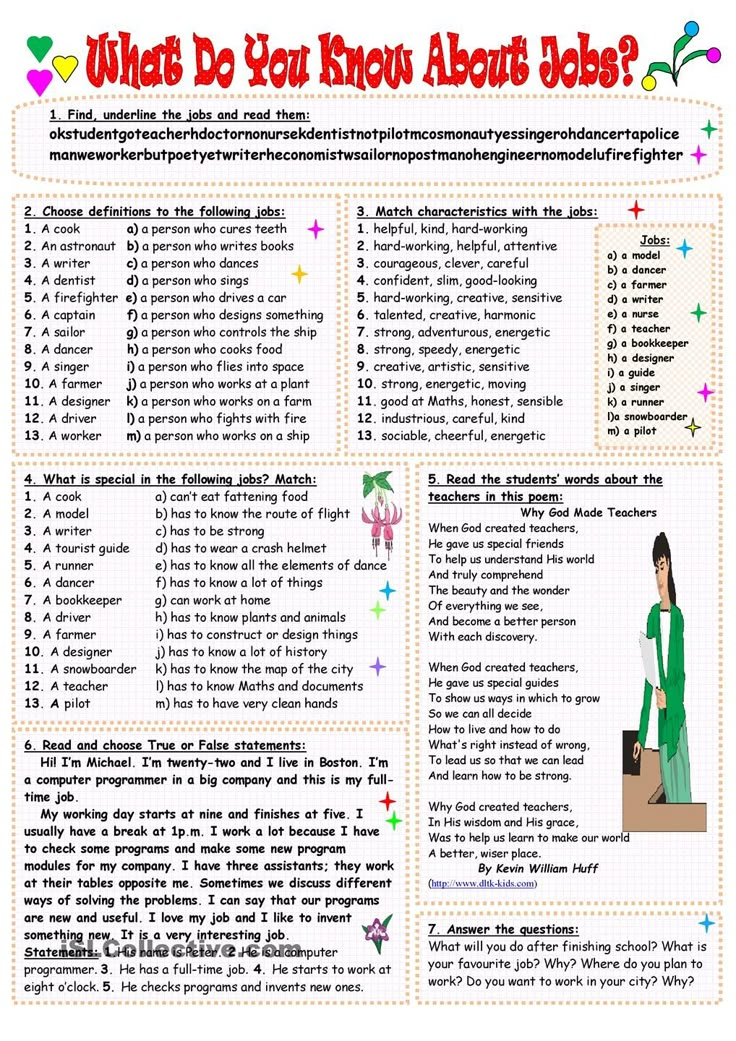 I am sure that predators are always more interesting in terms of the attractiveness of the image - try to find a counterbalance among herbivores, for example, a cat woman or a lion man.
I am sure that predators are always more interesting in terms of the attractiveness of the image - try to find a counterbalance among herbivores, for example, a cat woman or a lion man.
The conversation is about an internal position, not about aggressiveness. Lability and lack of control are inherent in adolescents, and not in adult self-sufficient people.
Accordingly, even a training or friendly battle gives, on the one hand, practical skills - to make a bright sequence of movements, bring an idea to a climax, show a spectacular feature, on the other hand, develops the psychological basis of the dance - self-confidence, resistance to extraneous attention, self-control and self-control in complex elements.
12. Communicate with professionals
The environment shapes the internal position. Basically, real passionaries of the dance community are ready to openly talk, discuss and support the development of dance in every possible way.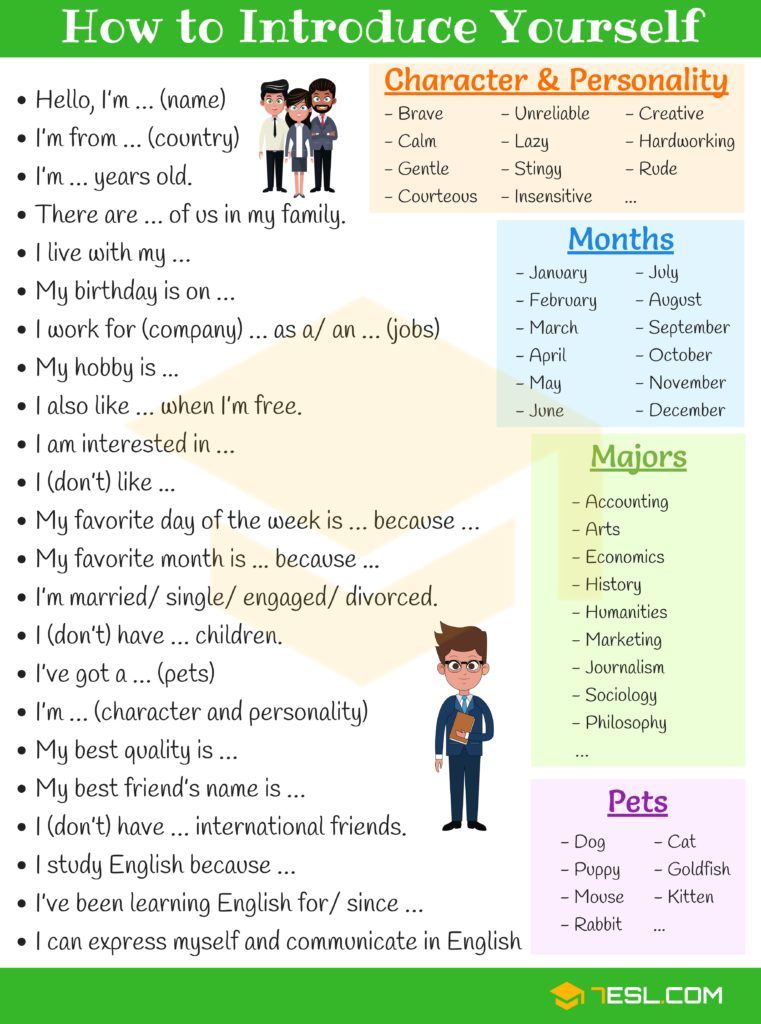 Universal principles and the ideas they articulate have a much longer and more practical perspective than meets the eye.
Universal principles and the ideas they articulate have a much longer and more practical perspective than meets the eye.
Accept that, for example, behind the words "listen to your partner" is not only a beautiful metaphor, but also a practical skill to literally listen to your partner. At the same time, always treat every thought, even the most respected teacher, as a private opinion.
Your skill will lie in finding the scope of the idea even in conflicting opinions. Most often, the contradiction is speculative and the truth lies in the angle of perception or situationality.
Your dancing growth will stop sooner or later. This can happen at the level of three basic steps or years of experience in teaching and show performances. Regardless of your level, the suggested 12 life hacks can get you off the ground and greatly accelerate your dance growth. There is no way here without your motivation and activity. Take your dance development into your own hands. 9Ol000 Dangerous sexuality
Salsa: destroyers of stereotypes
Couple dancing as a source of strength.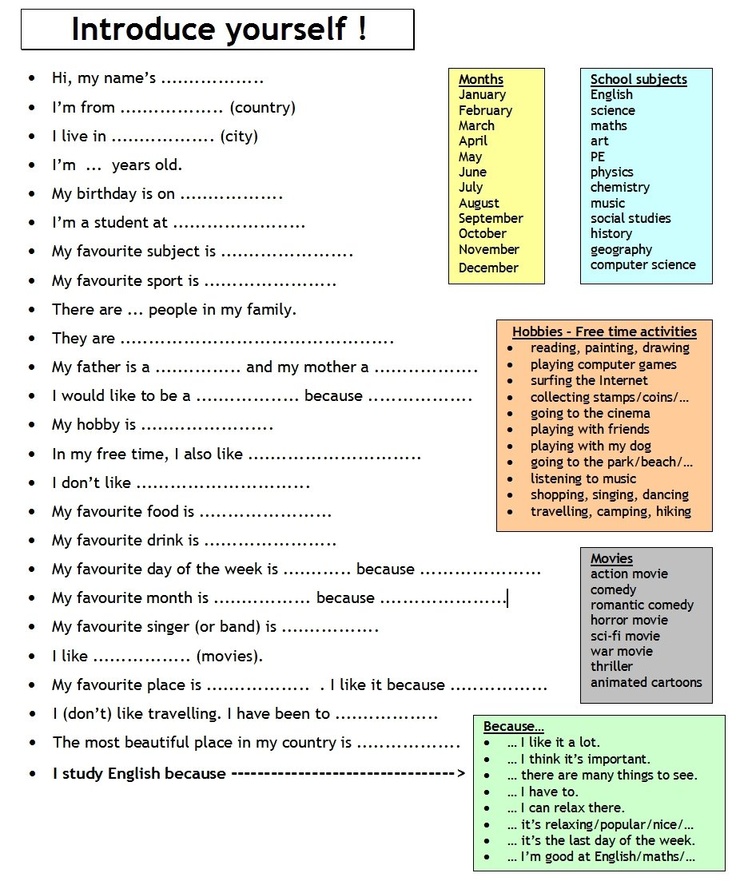
Self-destruction of the couple dance community
The Salsa series as a mirror of the community
Mamita Fridays: salsa, bachata
Destroying the myths about leading pair dances
Does dancing make us better?
The seven deadly sins of teachers
Why we will never dance bachata like the Dominicans
Why tango?
Dispute over musicality
Selection of dances according to alcohol preferences
Where to find inspiration for dancing?
Terrible tango nuevo
Distribution of roles in a salsa party
Argentinean tango through the eyes of a salsa dancer
Is there a predisposition to dancing?
Which is more effective: individual or group lessons?
Sexual connotations in partner dancing
How to learn to dance: video tutorials for those who are not afraid to try
January 28, 2017 Likbez Sports and fitness
If you decide to learn how to dance, don't delay.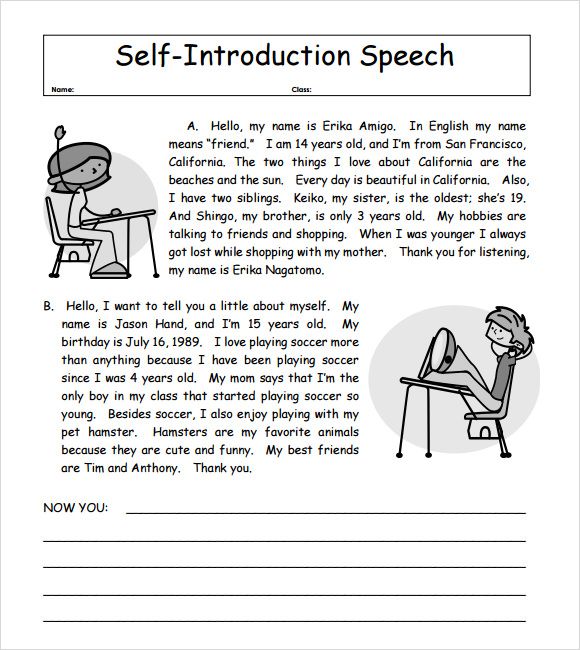 Just repeat after the instructors the basic movements of modern, street, ballroom and social dances.
Just repeat after the instructors the basic movements of modern, street, ballroom and social dances.
Iya Zorina
Author of Lifehacker, athlete, CCM
Answers to the main questions
Is it difficult to learn to dance?
It's really no more difficult than anything you're new to. Dance directions are very different from each other. Even if you have mastered one of them, it will be unusual for you to do the other.
However, all dances are connected with the ability to control one's body. And if this is not new to you (for example, you were engaged in martial arts, gymnastics, swimming, and even more so dancing), it will be easier for you to adapt to new movements than a beginner who is not friendly with his body.
Even if you have a fairly wooden body, don't despair. The secret of success is constant practice.
Learning to dance from video lessons is more difficult than from courses.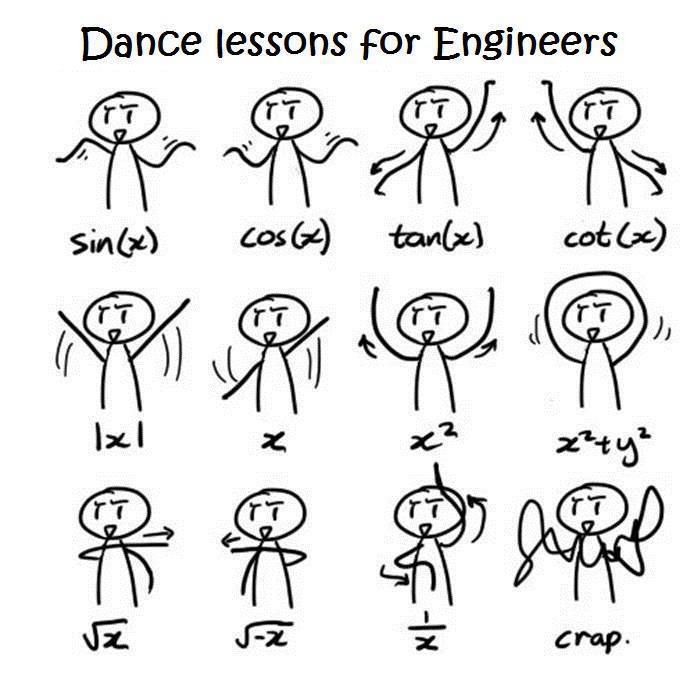 If your body is flexible and obedient, you can still do something similar to the movements of the instructor from the video. If not, you can quickly become disillusioned with dancing: the difference between what is shown in the video and what you will see in the mirror will be too strong.
If your body is flexible and obedient, you can still do something similar to the movements of the instructor from the video. If not, you can quickly become disillusioned with dancing: the difference between what is shown in the video and what you will see in the mirror will be too strong.
Still worth a try. At least in order to determine the appropriate direction.
How many times a week do you dance?
Muscles may initially ache after exercise. But, unlike strength training or running, the body does not require a recovery period.
Therefore, you can safely practice dancing all the time. One of my teachers said to dance 25 hours a day. In any case, the more you dance, the more noticeable the progress.
How to learn to dance modern dances
From this direction we have chosen three types that can often be found in the schedules of fitness clubs and dance schools. And the first - plastic and insanely beautiful contemporary.
Contemporary
Abel M/Flickr.Contemporary combines elements of modern jazz, yoga and martial arts, seasoned with improvisation and attention to breathing. This is freedom and plasticity - the natural beauty of movement.
Here is a clip with a contemporary combination. Give it a try, just be sure to warm up and stretch well before you teach.
And here is the second part:
By the way, about the warm-up. In the video below - a full lesson with a warm-up, stretching and analysis of the combination. In English, but everything is clear and without translation.
If you don’t have time to repeat or consider how some movement is done, set the speed to 0. 25.
If you like combinations but can't repeat them yet, here are some more videos of routine contemporary lessons.
You will most likely have to do the same in the dance school before you can perform beautiful combinations.
Strip plastic
imperiamarket.byMany people confuse pole exercises and strip plastic. The second is just a sensual dance that can be performed without a pole.
When doing strip plastic, you will not stand at the barre and pull your toe. Everything here is based on the natural sexuality of the female body. Of course, many teachers diversify strip plastic with elements of contemporary or modern, Latin American dances and other areas, but it all depends on the teacher.
How beautiful your dance will look again depends on how well you can control your body, how mobile your joints are and how stretched your muscles and tendons are.
In the video below there is an analysis of the combination. Not too simple, but very sensual and beautiful. And you don't have to move on the floor, so your knees don't get hurt.
And here is a playlist with strip plastic lessons from different dance schools. There are both individual movements and combinations.
And one more, simpler combination. Try it if the first one doesn't work.
Bellydance
júbilo haku/Flickr.com This is a sensual and beautiful dance, which, among other things, helps to develop plasticity and even get rid of some health problems.
There are a lot of belly dance lessons on YouTube. Below are some of them.
The basic movements are explained very clearly here:
And the second part:
Below is a playlist with five lessons for beginners from another teacher.
How to learn to dance street dance
Hip-hop
pinterest.comHip-hop has only been around for about 50 years. But during this time, many trends and styles have appeared, with different elements, plasticity, and special features.
In addition, modern hip-hop is often complemented by movements from other dance styles, which provides even richer vocabulary and original combinations.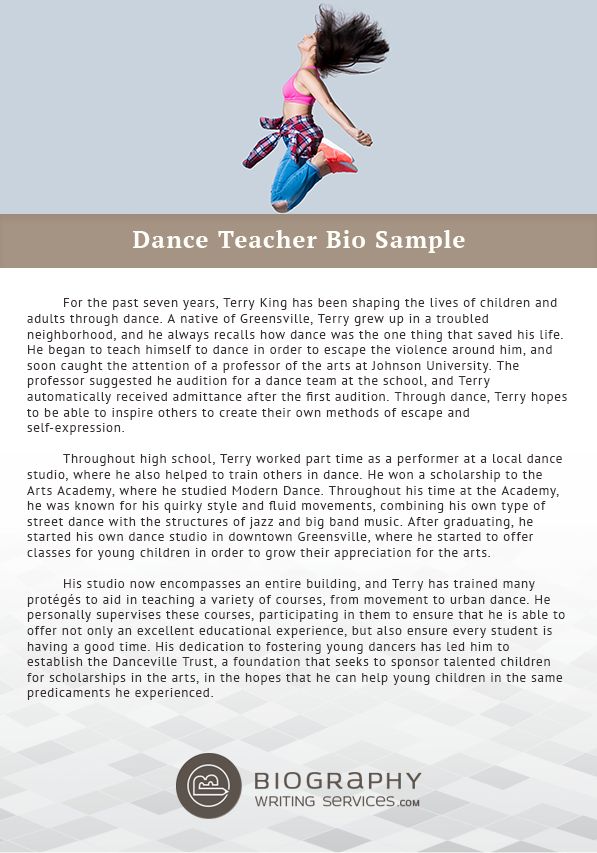
But before you come up with your own combinations, you need to master the basics. In the playlist below you will find basic moves, steps and many combinations. They explain everything in an accessible way. If you can't make it, slow down the video speed.
The videos in the next big playlist explain the concepts of inertia, manipulation and isolation in hip-hop. There's also a story about improvisation, battle behavior if you're up for it, and a few variations of ground hip-hop moves (on the floor) to diversify your combinations.
Breakdancing
Colonne/Flickr.com Breakdancing consists of different elements: tricks and power movements on the floor, waves, fixations, and also changes in the levels at which the dance is performed.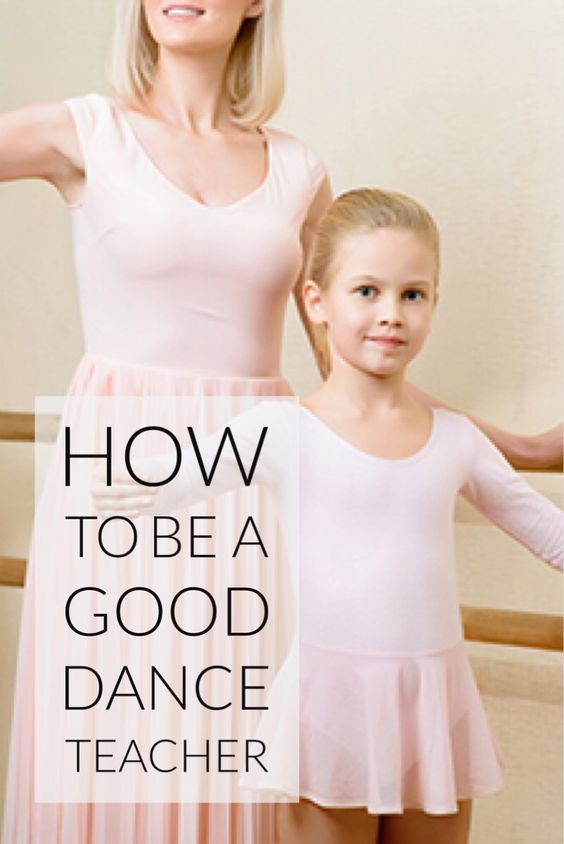
Here on this channel there is training in different styles: Waving, King Tut, Robot, - an analysis of the technique of power elements and basic movements at different levels.
Below is a video detailing the 6 steps element from Footwork.
And here you can see how the "turtle" is performed.
Here is a voluminous playlist, in which there are quite a lot of breakdance elements with a detailed analysis of the technique of dance and strength elements.
Twerk
Lauren Wood/Flickr.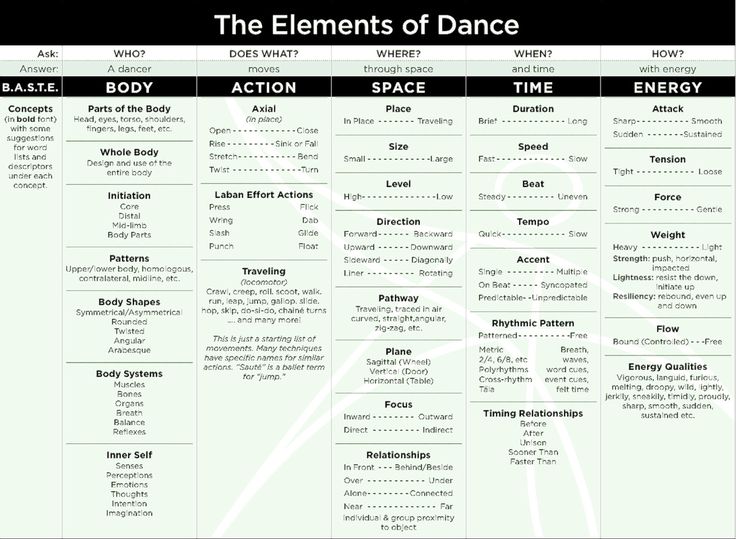 com
com Sexy dance in which you need to actively work the buttocks, hips, stomach and arms. In this playlist you will find several lessons with analysis of twerk movements.
How to learn to dance ballroom dancing
Waltz
vimbly.comAt least once in your life you will surely need a waltz. Moreover, it is not so difficult to dance it at an amateur level.
Here are four good lessons that will teach you how to hold your hands and do the basic waltz steps in pairs or individually.
How to learn to dance social dances
Social dances are not designed for competition, but for communication between partners and enjoyment. Improvisation is welcome here, through which the dancer can express himself, his feelings and emotions.
Improvisation is welcome here, through which the dancer can express himself, his feelings and emotions.
Bachata
pinterest.comThis dance comes from the Dominican Republic. He is very sensual and sometimes erotic. The basis of bachata is four steps with an emphasis on the last one. In the dance, there are rotations and throws of the partner, small lifts.
Despite the fact that bachata is a pair dance, solo combinations can also be taught. For example, if you don't have a partner yet.
In the video below - an overview of the main steps. Where to transfer body weight, how to hold hands, how to focus - everything is told in the most detailed way.
And here is a variation of bachata from the same teacher.
Below is a playlist for those who want to dance bachata together.